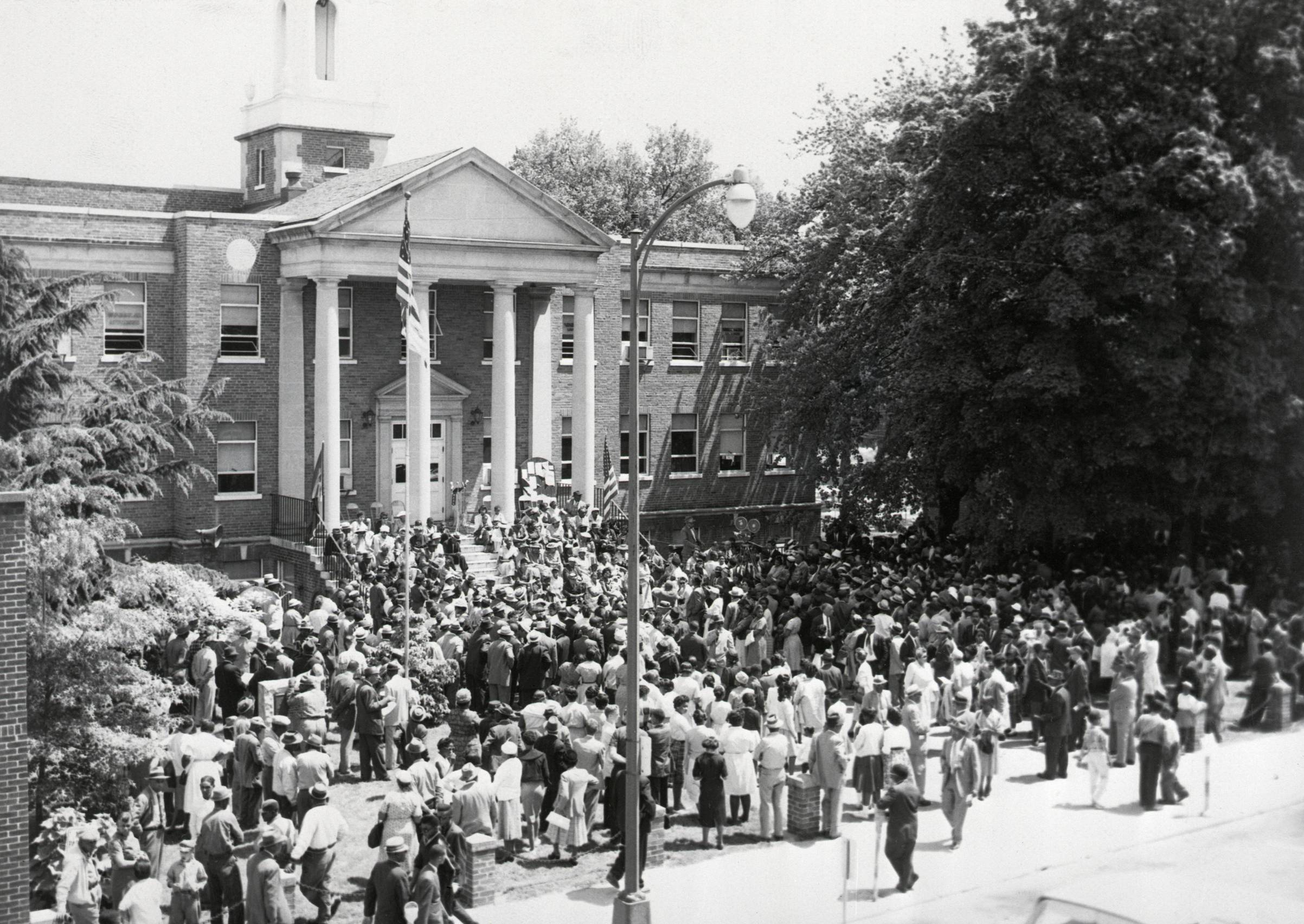
What Did Brown v Board of Education Do?
What did Brown v Board of Education do? It struck down segregation in the public schools of the United States, paved the way for the school-to-prison pipeline, and set a precedent for desegregation of other public facilities. In short, it catalyzed the civil rights movement. Let’s explore some of the important aspects of the case. Originally, the case was a legality question, but today, it’s remembered as a landmark decision that helped bring the nation closer to equality.
Brown v Board of Education struck down segregation in nation’s public schools
Brown v Board of Education was a landmark case that struck down segregation in the nation’s public schools. This case consolidated five separate lawsuits, including Briggs v. Elliott, Davis v. County School Board of Prince Edward County, Gebhart v. Belton, and Bolling v. Sharpe. Those cases were filed in Virginia, Delaware, and Washington, D.C., in 1952. The ruling was not the only victory for the civil rights movement, as numerous lawsuits followed.
Several years after the case, the U.S. District Court ruled in favor of the school boards, and plaintiffs appealed to the U.S. Supreme Court. In 1993, the Court affirmed the lower court ruling, and the case was sent back to the district court for implementation of the mandate. In the meantime, Brown v Board of Education has set the stage for the next step in racial integration in the nation’s public schools.
It paved the way for the school-to-prison pipeline
Brown v Board of Education ended de jure segregation in 1954. While the Supreme Court’s decision was an important step in ensuring equal opportunity for Black and white students, the school-to-prison pipeline persists, and racial disparities in special education and the use of disciplinary measures are a constant source of concern. The school-to-prison pipeline, which is a tangled web of racial and class bias, continues to affect the education of black and brown students alike.
The School-to-prison pipeline is a dangerous cycle that pushes children out of the classroom and into the criminal justice system. It disproportionately affects students of color, who are the most likely to attend under-resourced schools. A single suspension can double a child’s risk of dropping out of school and ending up in prison. And, as a result of these policies, black students are more likely to commit crimes and be sentenced to prison.
It set precedent for desegregation in other public facilities
The landmark case, Brown v. Board of Education, did not end segregation in schools on its own. It did however, inspire the nascent civil rights movement in the United States. Despite widespread opposition, it was a crucial step towards desegregation of schools. The case was fueled by the arrest of Rosa Parks on a bus in Montgomery, Alabama, for refusing to give up her seat. The case inspired other boycotts and sit-ins, which eventually led to the eventual toppling of Jim Crow laws in the South.
The Supreme Court’s ruling in Brown v. Board of Education set a precedent for desegregation in other public facilities. In 1954, the court ruled that segregation in schools violates the Equal Protection Clause of the Fourteenth Amendment. The decision set the stage for desegregation in other public facilities and schools. And while the Supreme Court has since then upheld racial segregation, there are still cases where the courts have upheld segregation.
It was a catalyst for the civil rights movement
In 1954, the U.S. Supreme Court unanimously declared that “separate but equal” in education had no place. This landmark case initiated sweeping educational reforms, signaling the end of de jure segregation in the United States. But, as the years have passed, Brown v. Board of Education remains an important milestone in the evolution of civil rights. The case is still a significant catalyst for the civil rights movement, as events from the last half-century have shown.
While the decision in Brown v. Board of Education was a pivotal landmark in the civil rights movement, the Supreme Court’s opinion was not without its critics. Some constitutional scholars, as well as segregationists, questioned the constitutionality of the decision. Others, however, noted that the decision relied heavily on social science data and precedent. But this decision still spurred the civil rights movement and paved the way for social equality in the U.S.
What did Brown v Board of Education do? It struck down segregation in the public schools of the United States, paved the way for the school-to-prison pipeline, and set a precedent for desegregation of other public facilities. In short, it catalyzed the civil rights movement. Let’s explore some of the important aspects of the case.…
